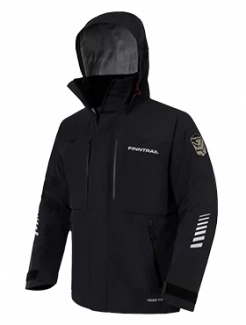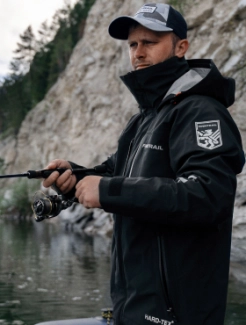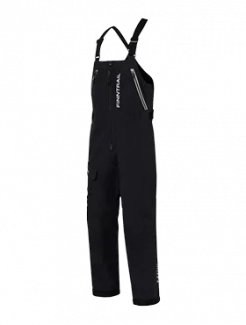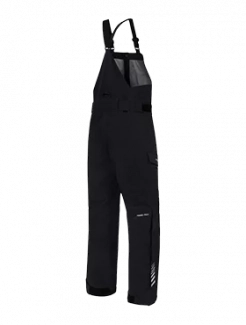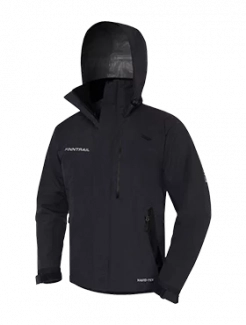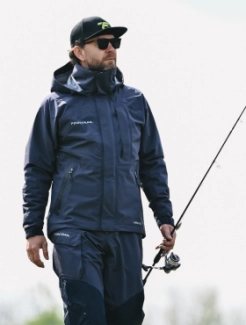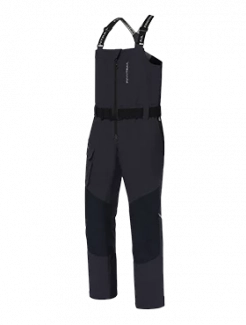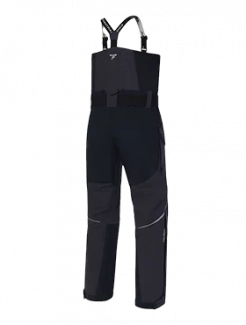Beginner’s Guide to Boat Fishing: Techniques, Gear & Safety Tips
Fishing from a boat is one of the most rewarding experiences for any angler. It allows you to reach deeper water, explore new fishing grounds, and target a wider range of species than you would from the shore. But for beginners, boat fishing can feel like a big leap. From picking the right vessel to learning how to anchor and position, there’s a lot to take in.
This guide breaks down the most effective boat fishing techniques, with beginner-friendly advice, safety tips, and smart strategies to help you make the most of your time on the water.
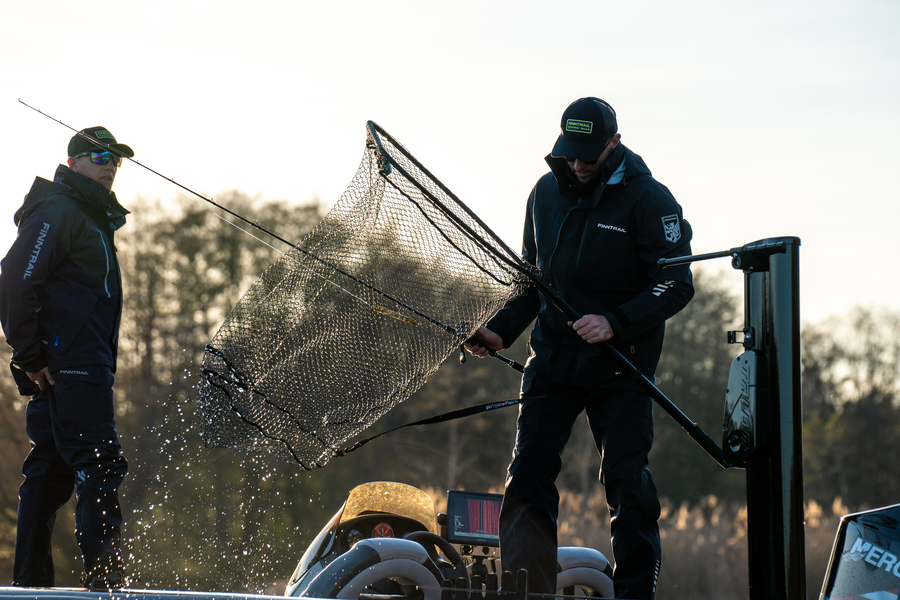
Why Try Boat Fishing?
Boat fishing allows you to access deeper waters, reach secluded hotspots, and target fish species that aren't often found near the shore. But with these perks come new challenges, including safety, maneuvering, and choosing the right gear.
1. Choose the Right Boat for Your Needs
Your boat should match your environment and your experience level. If you're just starting out, a small, stable craft—like a small fishing boat or inflatable dinghy—is a great place to begin. You don’t need a high-powered vessel to catch fish; you just need something reliable and safe.
Tips for small boats:
-
Choose a wide, flat-bottom boat for better balance and stability.
-
Install rod holders and basic storage bins to stay organized.
-
Stick to calm waters like lakes, ponds, and slow-moving rivers.
Inflatable boats tips:
-
Choose a high-quality, puncture-resistant model.
-
Inflate it fully to maintain performance and tracking.
-
Distribute weight evenly to avoid tipping or sagging.
2. Understand Basic Boat Handling and Safety
Before you even cast a line, it’s critical to get familiar with boating basics. Knowing how to safely navigate, anchor, and manage your boat is part of being a responsible angler.
Tips for boat fishing safety:
-
Always wear a life jacket, even on calm water.
-
Check the weather before heading out—avoid high winds or storms.
-
Bring navigation tools and a map or a GPS/fishfinder.
-
Keep an emergency kit, whistle, flashlight, and waterproof bag on board.
3. Learn the Art of Anchoring and Positioning
Good boat positioning can make or break your fishing trip. You want to stay near structures—like drop-offs, submerged trees, or rocky areas—without disturbing the fish.
Boat fishing tips and tricks for positioning:
-
Approach the area quietly using a trolling motor or paddles.
-
Anchor from the bow to keep your boat facing into the wind or current.
-
Use a two-anchor setup (bow and stern) to reduce swing in windy conditions.
-
Mark productive spots with a GPS so you can return to them later.
4. Try Drift Boat Fishing for Moving Water
Drift boat fishing is ideal for rivers and streams. Instead of anchoring, you let the current carry your boat while you cast into eddies, pools, and undercut banks. It’s an active, engaging way to fish that keeps you in tune with the water.
Drift boat fishing techniques:
-
Use the oars or a small motor to control your speed and direction.
-
Drift slowly past likely fish-holding spots, casting forward or to the side.
-
If you’re fly fishing, aim for soft seams and shaded areas.
-
Keep your line tight to detect subtle bites while drifting.
Drift boat fishing tips:
-
Practice boat control without rods first—it’s a skill that takes time.
-
Always have a plan for pulling out downstream (and arrange a shuttle).
-
Don’t overload your drift boat—keep it light and maneuverable.
5. Get the Right Fishing Gear
Boat fishing allows you to bring more equipment than you would on foot, but beginners should still keep it simple. Focus on versatile gear and avoid clutter.
Tips:
-
Use medium-action rods for versatility across multiple species.
-
Opt for spinning reels—they’re easier for beginners to manage.
-
Bring a tackle box with assorted jigs, soft plastics, and crankbaits.
-
Include pliers, scissors, extra line, a net, and a stringer or cooler.
If you're fishing saltwater or in deeper water, be sure your rod and reel can handle larger species and heavier weights.
6. Master Boat Fishing Techniques for Different Conditions
There are many boat fishing techniques, depending on the type of water and fish you’re targeting. Here are a few common methods:
-
Cast near structures: Ideal for lakes and rivers. Cast near weeds, docks, or submerged rocks.
-
Trolling: Perfect for covering ground in lakes or offshore. Slowly drag bait or lures behind your boat using a trolling motor.
-
Vertical Jigging: Drop your lure straight down over schools of fish marked by your sonar. Effective for species like walleye or lake trout.
-
Bottom Fishing: Drop a weight with bait to the bottom—great for catfish, cod, or other bottom-dwellers.
Each technique takes practice, so don’t be afraid to experiment and ask for local advice.
7. Be a Good Guest on Head Boats
Head boats (or party boats) are group fishing charters—an affordable way for beginners to fish offshore with a crew.
Head boat fishing tips:
-
Reserve your spot early and ask what gear is provided.
-
Tip the crew members if they help you land fish or clean your catch.
-
Bring snacks, drinks, sunscreen, and motion sickness pills just in case.
-
Respect space—everyone wants a fair shot at a good catch.
8. Respect the Water and the Wildlife
Part of becoming a skilled angler is respecting the environment. Clean up after yourself, follow local regulations, and handle fish responsibly if practicing catch-and-release.
Fishing license note:
Make sure you have the proper fishing license for your location. Whether you’re fishing in freshwater or saltwater, most areas require one. Check local rules and always carry your license with you.
9. Practice Patience and Observation
Beginners often overlook one of the best skills in fishing: observation. Watch how the wind moves the water, how the birds behave, and how the fish respond to your bait.
Boat fishing tips for beginners:
-
Don’t rush—let the fish come to you.
-
Change bait or technique if nothing bites after 15–20 minutes.
-
Track your success in a fishing log—it helps build consistency.
Final Thoughts: Confidence Comes With Experience
Boat fishing is a journey, not a destination. It might feel overwhelming at first, but every outing teaches you something new. With time, you’ll get more comfortable with your equipment, your boat, and your instincts.
From drift boat fishing techniques to mastering anchoring and reading the water, these beginner-friendly tips will help you fish smarter and enjoy your time on the water even more.
So cast off, stay safe, and tight lines!

